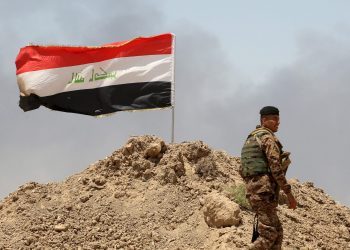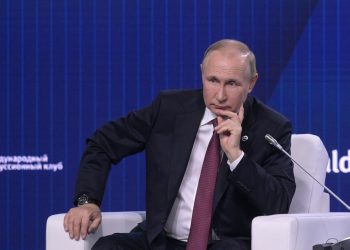US Department of Defense, WASHINGTON: The U.S. welcomes the rise of a peaceful and prosperous China, but is taking note as the Asian nation systematically modernizes its military capabilities, a Defense Department report on Chinese military power released today states.
“China is beginning to develop the capability to project power. This is worth noting,” Peter Rodman, assistant secretary of defense for international security affairs, told reporters via telephone today.
According to an executive summary of the “2006 Annual Report on the Military Power of the People's Republic of China,” the People's Liberation Army is in the process of a long-term transformation from a mass army designed for protracted wars of attrition on its territory to a more modern force capable of fighting short, high-intensity conflicts.
In the near term, China's military build up appears focused on preparing for Taiwan Strait contingencies, including the possibility of U.S. intervention, according to the report.
The annual report is a cumulative assessment, and its contents do not change drastically from year to year, but this year's report does highlight certain areas, such as Chinese strategic force modernization, Rodman said.
“One thing we point to this year is their strategic forces. We sense that they are at the beginning of some serious modernization of their overall strategic forces,” he said.
Rodman said China is currently developing and deploying different types of ballistic missiles, with improved range, mobility and accuracy, including long-range ballistic missiles that can reach the United States. In addition, Chinese short-range missiles opposite Taiwan continue to grow by 100 per year, bringing the total to about 800, he said.
The U.S. is also concerned about new Chinese anti-ship weapons, anti-satellite technology, cyber-warfare capabilities, cruise-missile development, and submarine programs, he said. “Again, this is not new, but these are things we take seriously and consider important,” he said.
Rodman said one major problem area pointed out in the report is China's lack of transparency. China, as a sovereign nation, has the right to build up its military forces, he said, but should incorporate transparency into its approach. The U.S. believes China's defense budget is two to three times what it claims, he added. “Every once in a while we encounter a new program of theirs that we didn't know about,” he said. “That's a continuing concern, and that's mentioned in the report.”
One reason for this concern was the danger of miscalculating China's capability. Over- or underestimating China's capabilities could lead to misunderstandings, defense officials said.
Rodman said the report includes a famous dictum from Deng Xiaoping, a former Chinese Communist leader, which has frequently been quoted by senior Chinese strategists. The maxim goes: “Observe calmly; secure our position; cope with affairs calmly; hide our capacities and bide our time; be good at maintaining a low profile; and never claim leadership. The phrase that strikes me, of course, is 'hide our capacities and bide our time.' I think this encapsulates what's China's strategy is. They are very patient,” Rodman said.
Another major issue regarding China's lack of transparency is uncertainty about its position on the “no first use” doctrine related to nuclear weapons. Rodman said China claims it is committed to the doctrine, but some Chinese military officers have made occasional comments that suggest the topic is being debated in China.
“We take them at their word that they adhere to the no first use doctrine,” he said, “but we see these occasional comments as an indication of a possible debate going on among Chinese strategists.”
He said the U.S. is very transparent about what it does militarily. “We are incredibly transparent about our assumptions, planning, our strategies, as well as the procurement that supports those,” he said.
The Defense Department's Quadrennial Defense Review and the defense secretary's open Congressional testimony are examples of U.S. transparency, he said.
One way to create openness and dialogue between the U.S. and China is through the exchange of junior military officers, he said.
Rodman said that during Defense Secretary Donald H. Rumsfeld's visit to China in October, he visited the headquarters for the Chinese 2nd Artillery, which controls the country's missile forces. The unit's commander subsequently accepted an invitation to visit the U.S. in the future. “We hope to nurture this channel and maybe have a dialogue on strategic doctrine,” Rodman said.
Rodman stressed that the report also points out Chinese weaknesses. “Certainly they have limitations now, and we don't exaggerate their capability,” he said. “But they seem to have a very patient strategy of investment and planning, … and we have to recognize that.”
To Read Full DoD Report on China Military Buildup, Click Here









